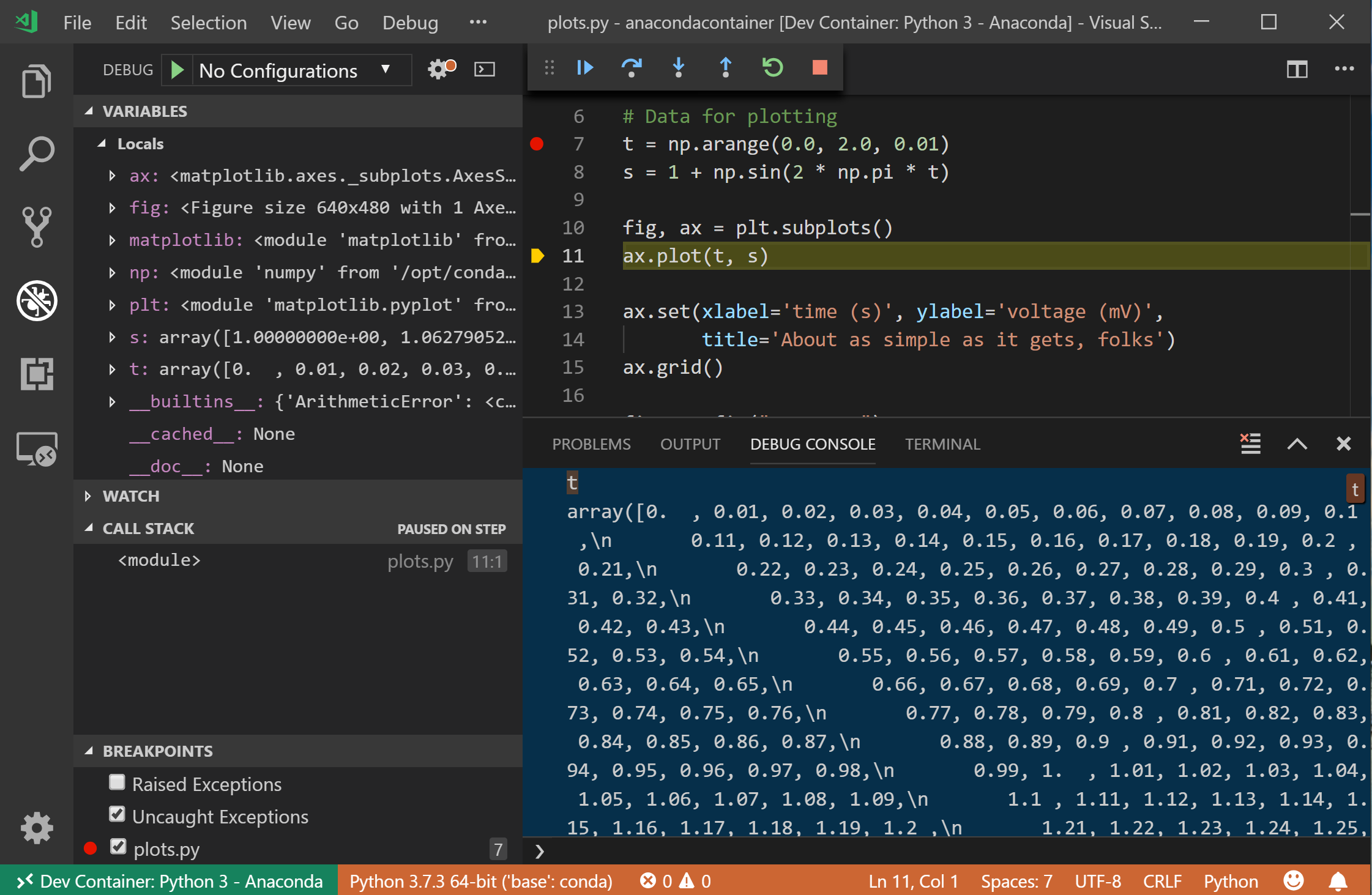
Next up, I’ll show you how you can install Python 3 using HomeBrew onto your macOS. If you got yourself lost through the process, you can comment down below.

From there simply, go to the Go menu and select Applications.ĭone. If you can’t find the Applications directory, simply go to Finder by clicking the Finder icon in the Dock (it’s usually the first icon from the left side of the Dock). Help! Where do I find the Applications directory? You’ll also find here a simple IDE called “IDLE.app” which gives you a basic Python IDE. Great! Now once Python 3 is installed, you’ll be able to find it within the Applications directory of your Mac.Once you’ve installed Python 3 you can have it alongside Python 2 without having to delete the latter from your Mac.


The Python installation may require about 100MB of disk space to install. Next, run the Python Installer to install Python 3 onto your Mac.Jump into downloads page and simply just download the latest Python version.Here’s how to install Python 3 on your macOS: This is for you especially if you’re a newbie (though I still strongly recommend you try the HomeBrew method below) or if you don’t want to deal with copy-pasting code into your Terminal and downloading other software. Perhaps the simplest way to install Python 3 on macOS. You should see the python version that is currently installed on your Mac. Open up your Terminal and type the following line python -version and then hit your Enter key : $ python -version

Wait, how do I check if Python 3 is already installed on my Mac? Again, I’ll show you how to do this method down below. Personally, the way I did it was using a package manager like HomeBrew (it’s okay if you don’t understand what it is). This short guide is written to show you how to properly install Python 3 on a Mac OS X computer.īefore you jump into the guide, do take note that there are multiple ways to install Python 3 on a Mac but with this guide, I’ll show you the two easiest ways to do this, step-by-step. However, the issue is most modern macOS versions come with rather with Python 2.7.x installed and not the newer, modern version like Python 3.6.5 or Python 3.7.2 (which is the most up-to-date version right now). Being a software engineer, you often come across many instances where you would require to have Python installed on your Mac.


 0 kommentar(er)
0 kommentar(er)
